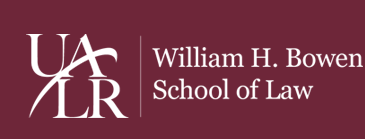Publication Date
2022
Abstract
Title VII of the Civil Rights Act of 1964 makes it unlawful for an employer to discriminate against an employee “because of” race, color, religion, sex, or national origin. This seems simple enough, but if an employer makes an adverse employment decision partly for an impermissible reason and partly for a permissible reason, i.e., if the employer acts with a mixed motive, has the employer acted “because of” the impermissible reason? According to Gross v. FBL Financial Services, Inc. and University of Texas Southwestern Medical Center v. Nassar, the answer is no. The Courts in Gross and Nassar held that proving that an employer acted “because of” an impermissible reason requires proving “but for” causation, which means proving that the employer acted “solely because of” an impermissible reason. A United States Senator who participated in the debates surrounding the enactment of Title VII said, “If anyone ever had an action that was motivated by a single cause, he is a different kind of animal from any I know of.”
On June 15, 2020, the Supreme Court decided Bostock v. Clayton County and held that an employer that terminates an employee because the employee is gay or transgender violates Title VII’s prohibition against sex discrimination. But that is not all Bostock did. At several points in the opinion, the Court held a Title VII plaintiff proves her employer acted “because of” an impermissible reason and proves “but for” causation even in cases where the employer acted with a mixed motive, so long as an impermissible reason was one of those motives, and the impermissible reason was decisive. Bostock thus departed from Gross and Nassar in its framing of what “but for” causation means in Title VII cases.
This Article posits that Bostock articulated a new mixed motive theory that allows a Title VII plaintiff to prove “but for” causation in cases where the employer acted partly for an impermissible reason and partly for a permissible reason so long as the impermissible reason was decisive. Under this view of Bostock, it is now easier for a plaintiff whose employer acted with a mixed motive to prove “but for” causation and receive the full panoply of Title VII remedies.
Document Type
Article
Recommended Citation
Terrence Cain, Cause for Concern or Cause for Celebration?: Did Bostock v. Clayton County Establish A New Mixed Motive Theory for Title VII Cases and Make It Easier for Plaintiffs to Prove Discrimination Claims?, 45 Seattle U. L. Rev. 463 (2022).
Available at: https://lawrepository.ualr.edu/faculty_scholarship/292
